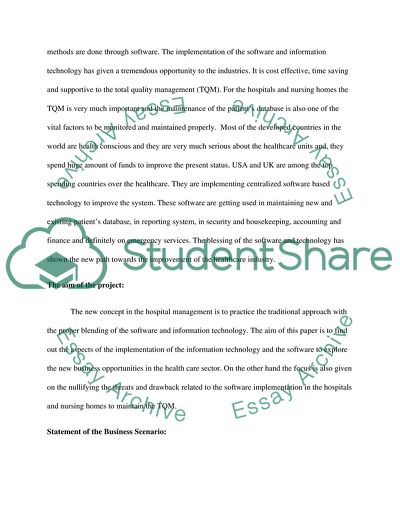Cite this document
(The Diffusion And Value Of Healthcare Information Technology Research Paper, n.d.)
The Diffusion And Value Of Healthcare Information Technology Research Paper. Retrieved from https://studentshare.org/information-technology/1742002-implementing-and-installation-of-information-technology-into-long-term-care
The Diffusion And Value Of Healthcare Information Technology Research Paper. Retrieved from https://studentshare.org/information-technology/1742002-implementing-and-installation-of-information-technology-into-long-term-care
(The Diffusion And Value Of Healthcare Information Technology Research Paper)
The Diffusion And Value Of Healthcare Information Technology Research Paper. https://studentshare.org/information-technology/1742002-implementing-and-installation-of-information-technology-into-long-term-care.
The Diffusion And Value Of Healthcare Information Technology Research Paper. https://studentshare.org/information-technology/1742002-implementing-and-installation-of-information-technology-into-long-term-care.
“The Diffusion And Value Of Healthcare Information Technology Research Paper”, n.d. https://studentshare.org/information-technology/1742002-implementing-and-installation-of-information-technology-into-long-term-care.


